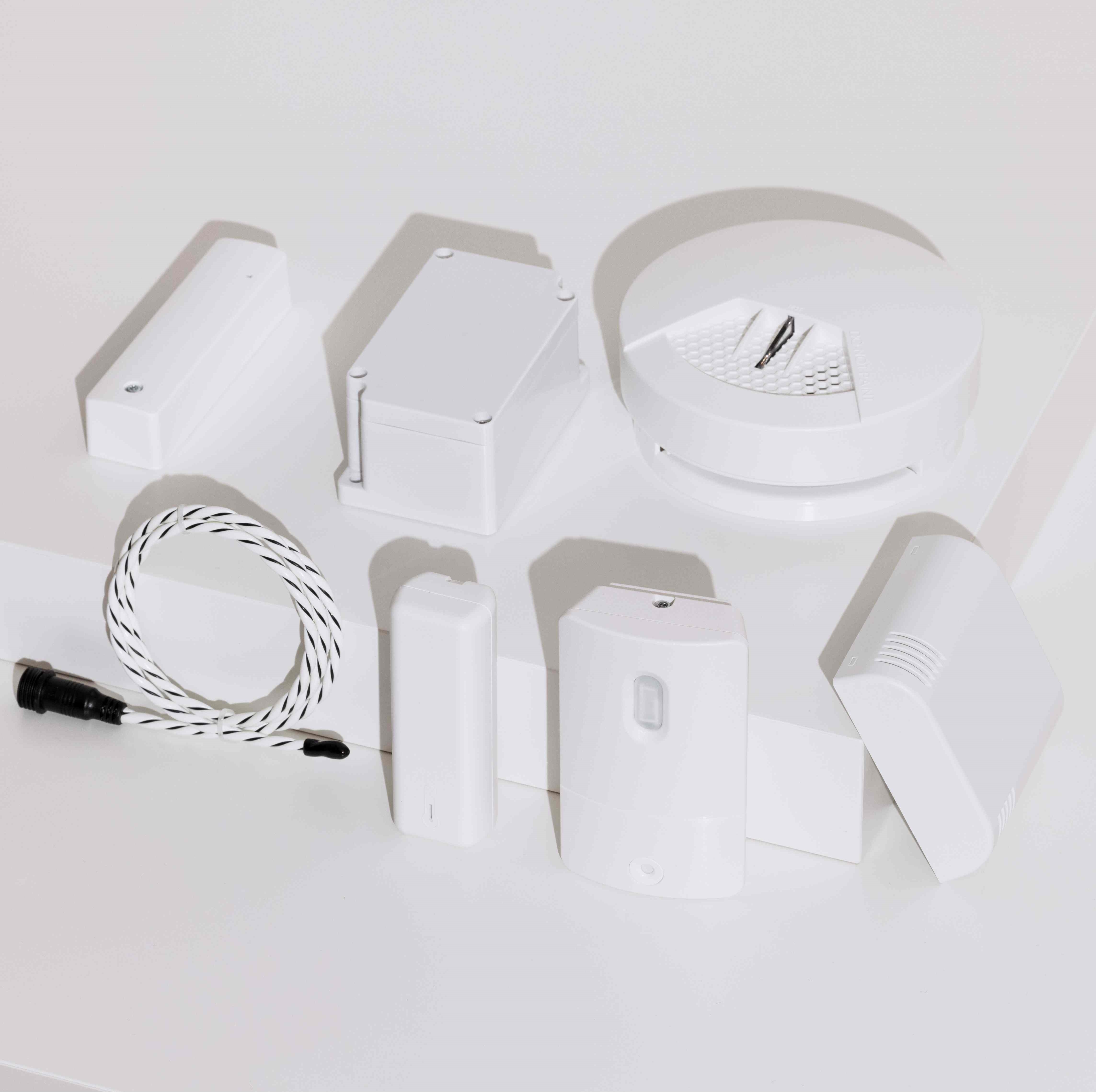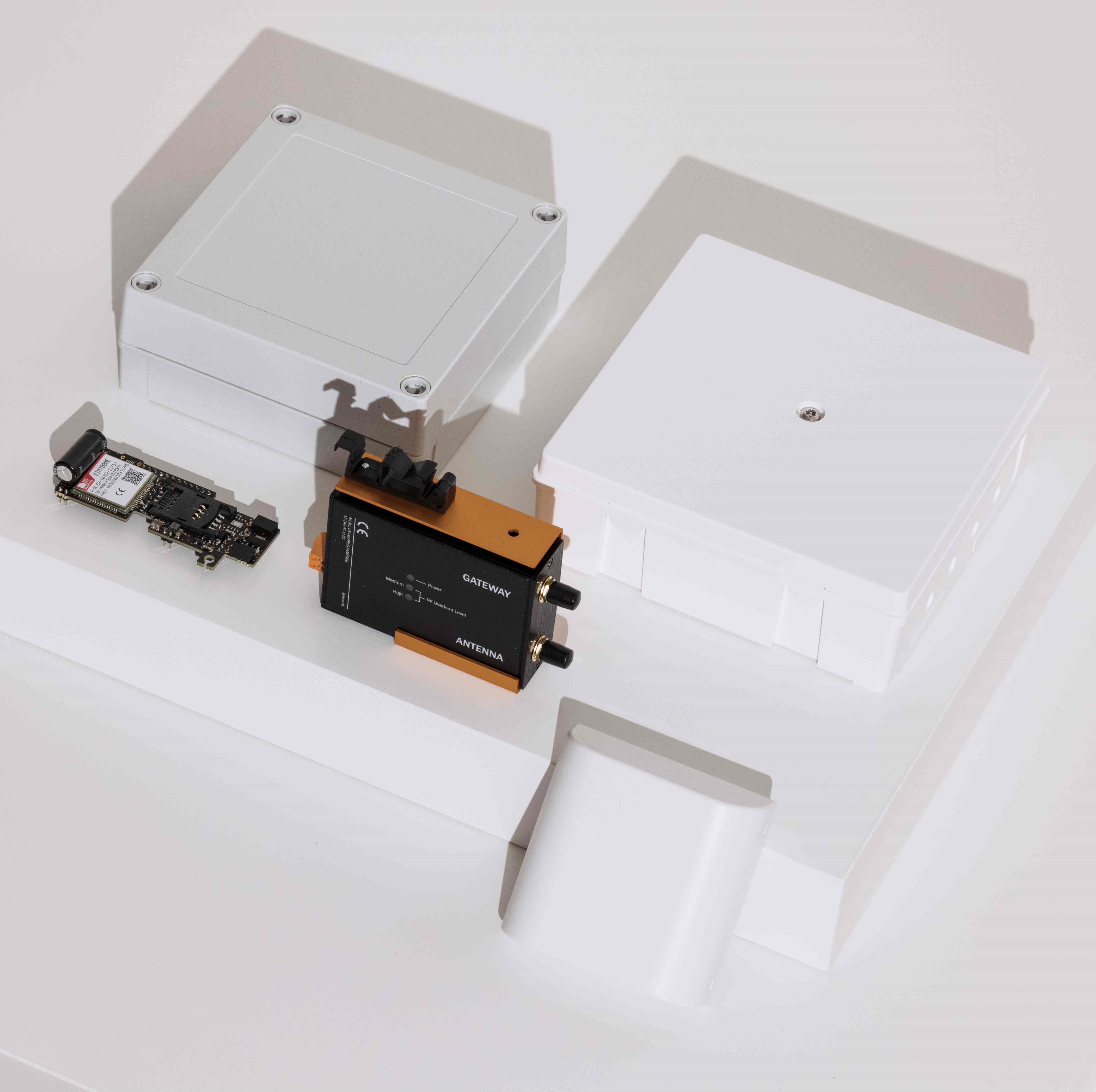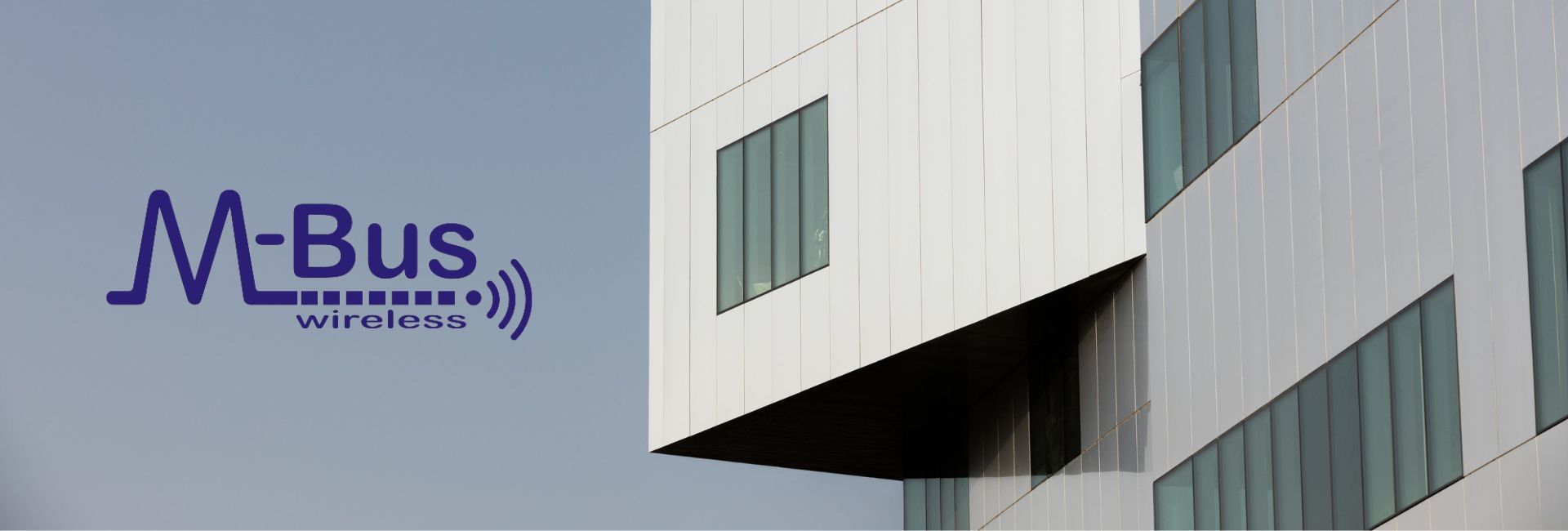wireless M-Bus
What is wireless M-Bus?
Wireless M-Bus is a European Wireless standard defined in EN 13757 that offers remote reading of electricity, water, heat and temperature meters and sensors. Its interoperability is guaranteed in the OMS specification. Furthermore, the standardization of communication from the radio layer to data formatting ensures interoperability among M-Bus compliant equipment without the need for specific product information.
What is M-Bus?
The M-Bus, known as the "Meter-Bus," represents a European standard designed for remote monitoring of heat meters, applicable not just to heat meters but to various consumption meters, sensors, and actuator. Its role as a dynamic interface for remote heat meter reading has elevated its significance within the energy industry.
What is the difference between M-Bus and Wireless M-Bus?
Wireless M-Bus technology, operating on unlicensed frequency bands like 868 MHz in Europe, shares data encoding similarities with the M-Bus. However, it transmits data via radio, offering a wireless alternative for remote reading of meters and sensors.
Data collection and reading with Wireless M-Bus
Like the M-Bus system, the wireless version follows a master-slave model. A central unit, the M-Bus master, manages numerous subordinate units (slaves), collecting data from them. This structured approach creates efficient communication channels and dependencies within the infrastructure. Wireless M-Bus systems can accommodate several hundred slaves, capturing sensor values related to energy consumption, temperature, alarms etc.
Slaves transmit their collected data to the master via 868 MHz and 434 MHz frequencies without cabling, benefitting from license-free frequencies, eliminating data transmission fees. The master unit processes and presents the collected data for evaluation upon arrival.
When is wireless M-Bus ideal to use?
Ideal applications for Wireless M-Bus include scenarios where an M-Bus solution is desired, but the cost or impracticality of cabling makes it difficult. This applies to retrofitting individual buildings or collecting data from larger areas with multiple buildings. Its architecture allows for wireless exchange of data, making it an ideal choice for metering applications, notably in the utility sector.
Wireless M-Bus is also a good solution for collection of data for smart buildings.
A complete assortment of OMS wireless M-Bus – from sensors to gateways
Lansen supports the OMS specification for both Wireless M-Bus and Wired M-Bus to deliver products with long lifetime, long transmission range and verified *interoperability. Furthermore, the OMS/Wireless M-Bus stack is developed inhouse for best performance, battery life and reliability. Take a closer look at our assortment of infrastructure and sensors down below.
Discover our range of wireless M-Bus products

Wireless M-Bus sensors


